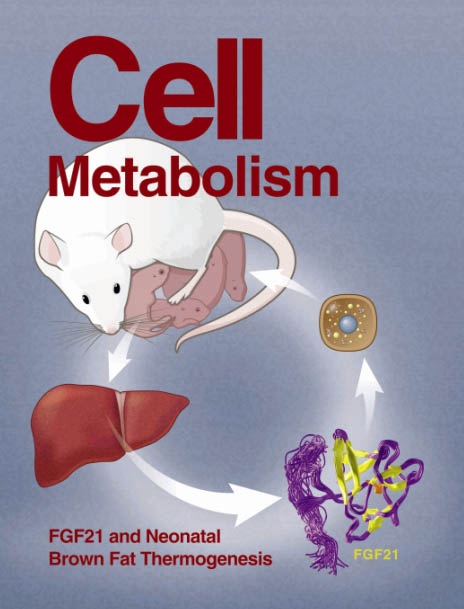抑制核丙酮酸脱氢酶诱导治疗性癌细胞重编程
IF 30.9
1区 生物学
Q1 CELL BIOLOGY
引用次数: 0
摘要
代谢物是表观遗传修饰的基本底物。尽管核乙酰辅酶A (CoA)只占整个细胞池的一小部分,但它通过局部提供组蛋白乙酰化底物来调节细胞命运。在这里,我们报告了一种核特异性乙酰辅酶a调节机制,可以调节以实现治疗性癌细胞重编程。结合表型化学筛选、全基因组CRISPR筛选和蛋白质组学,我们发现核定位的丙酮酸脱氢酶复合物(nPDC)通过直接相互作用受到核蛋白ELMSAN1的组成性抑制。药物抑制ELMSAN1-nPDC相互作用可抑制nPDC活性,增强核乙酰辅酶a的生成,并将癌细胞重编程为有丝分裂后状态,减少细胞起源特征。组蛋白去乙酰化酶1/2抑制可协同增强重编程,从而抑制肿瘤生长,持久抑制肿瘤启动能力,并提高体内多种癌症类型的生存率,包括治疗抵抗性肉瘤患者来源的异种移植物和癌细胞系的异种移植物。我们的发现强调了靶向ELMSAN1-nPDC作为表观遗传癌症治疗的潜力。本文章由计算机程序翻译,如有差异,请以英文原文为准。

Derepressing nuclear pyruvate dehydrogenase induces therapeutic cancer cell reprogramming
Metabolites are essential substrates for epigenetic modifications. Although nuclear acetyl-coenzyme A (CoA) constitutes a small fraction of the whole-cell pool, it regulates cell fate by locally providing histone acetylation substrate. Here, we report a nucleus-specific acetyl-CoA regulatory mechanism that can be modulated to achieve therapeutic cancer cell reprogramming. Combining phenotypic chemical screen, genome-wide CRISPR screen, and proteomics, we identified that the nucleus-localized pyruvate dehydrogenase complex (nPDC) is constitutively inhibited by the nuclear protein ELMSAN1 through direct interaction. Pharmacologic inhibition of the ELMSAN1-nPDC interaction derepressed nPDC activity, enhancing nuclear acetyl-CoA generation and reprogramming cancer cells to a postmitotic state with diminished cell-of-origin signatures. Reprogramming was synergistically enhanced by histone deacetylase 1/2 inhibition, resulting in inhibited tumor growth, durably suppressed tumor-initiating ability, and improved survival in multiple cancer types in vivo, including therapy-resistant sarcoma patient-derived xenografts and carcinoma cell line xenografts. Our findings highlight the potential of targeting ELMSAN1-nPDC as an epigenetic cancer therapy.
求助全文
通过发布文献求助,成功后即可免费获取论文全文。
去求助
来源期刊

Cell metabolism
生物-内分泌学与代谢
CiteScore
48.60
自引率
1.40%
发文量
173
审稿时长
2.5 months
期刊介绍:
Cell Metabolism is a top research journal established in 2005 that focuses on publishing original and impactful papers in the field of metabolic research.It covers a wide range of topics including diabetes, obesity, cardiovascular biology, aging and stress responses, circadian biology, and many others.
Cell Metabolism aims to contribute to the advancement of metabolic research by providing a platform for the publication and dissemination of high-quality research and thought-provoking articles.
 求助内容:
求助内容: 应助结果提醒方式:
应助结果提醒方式:


